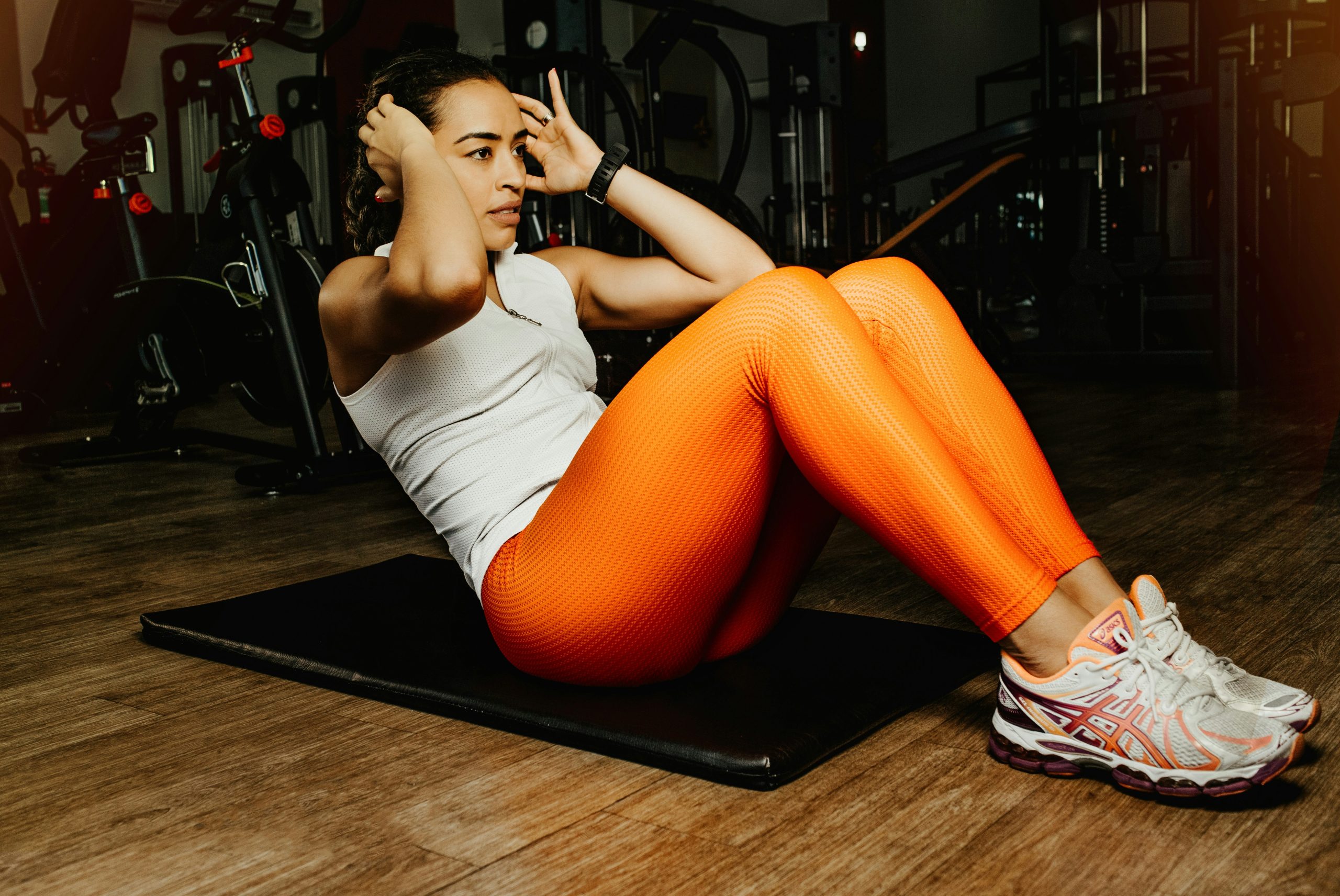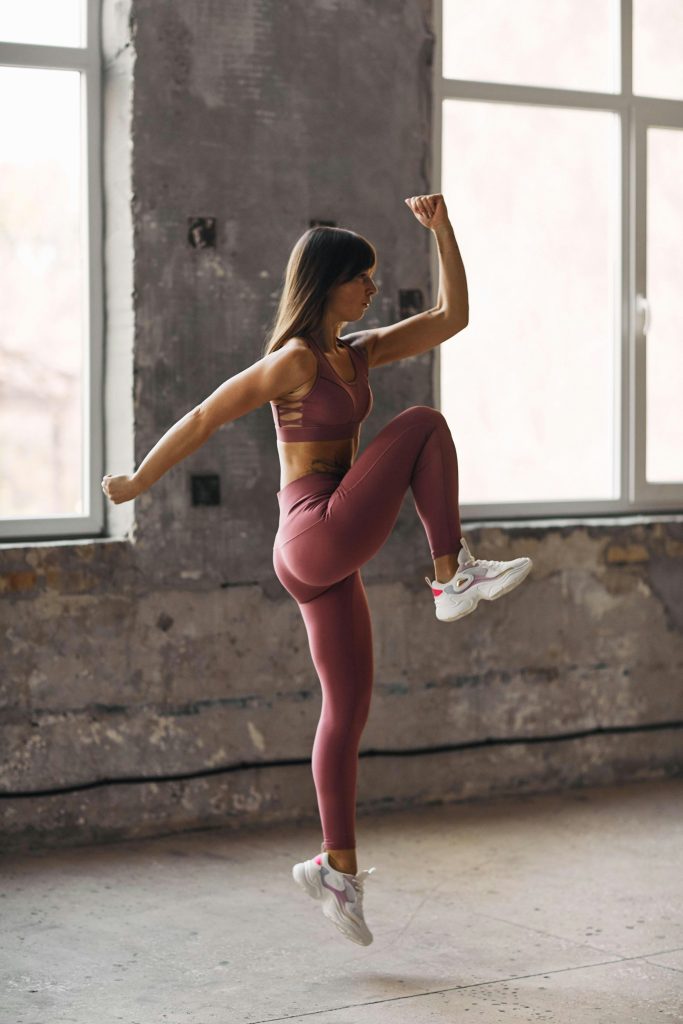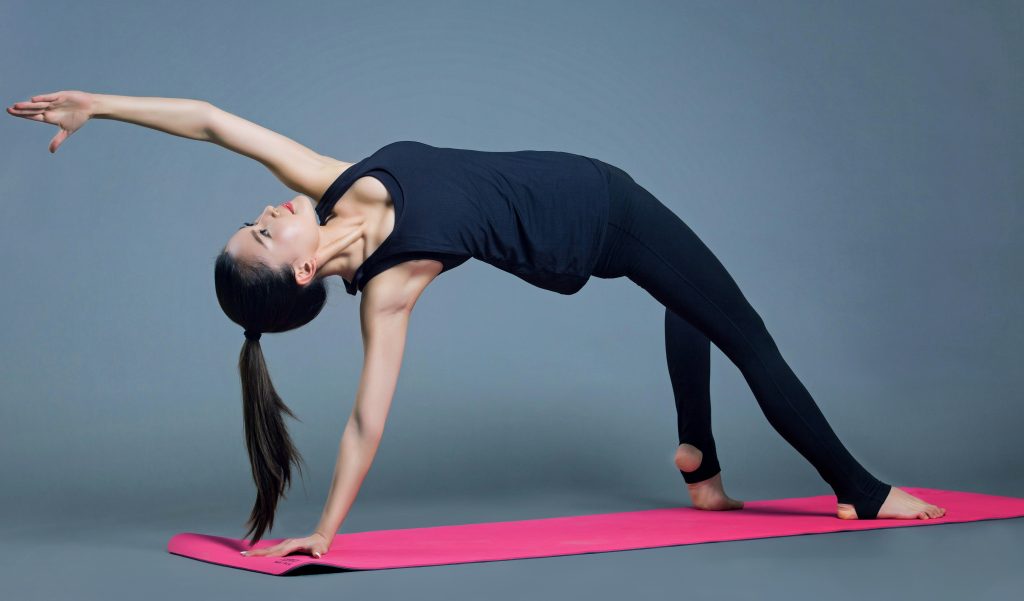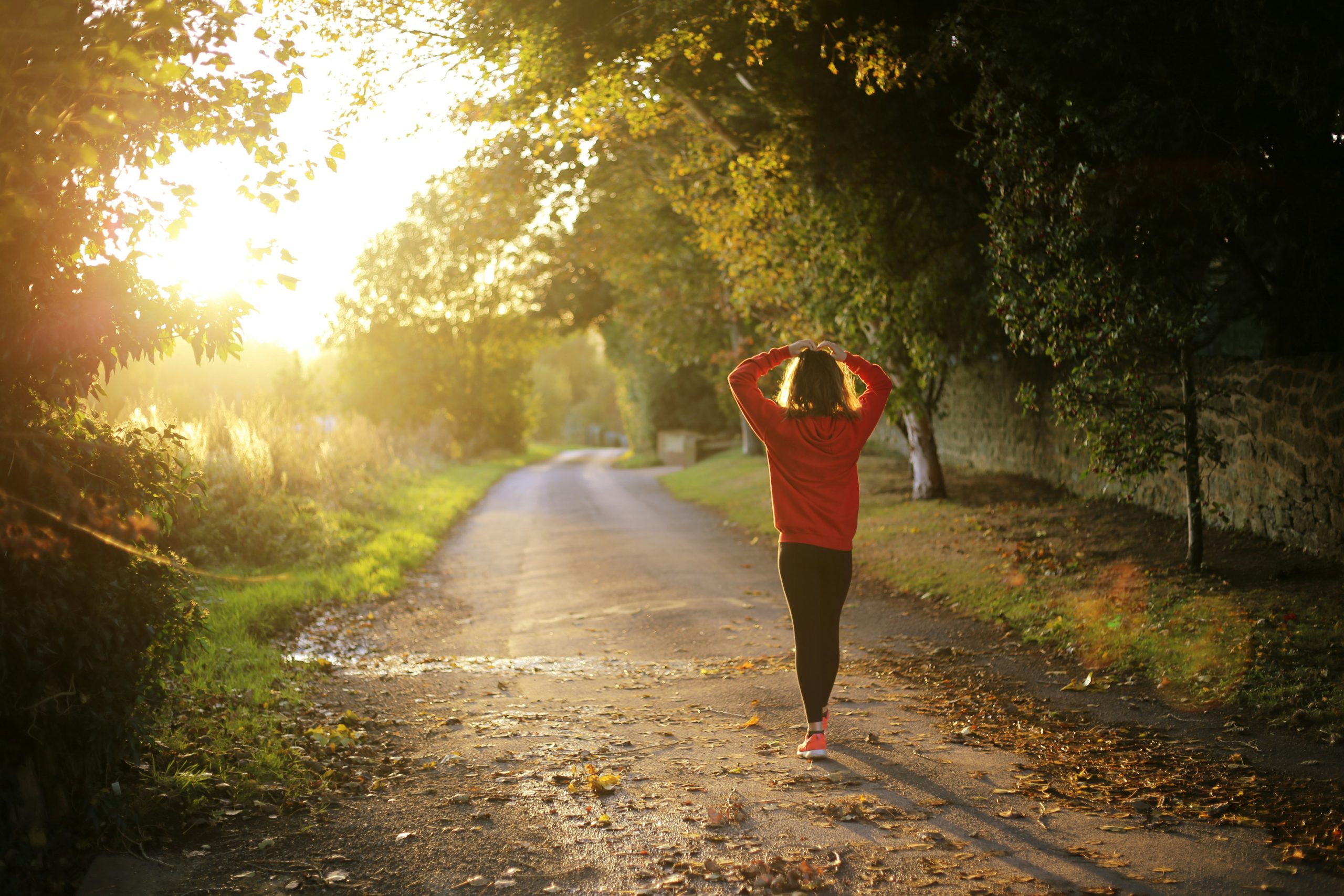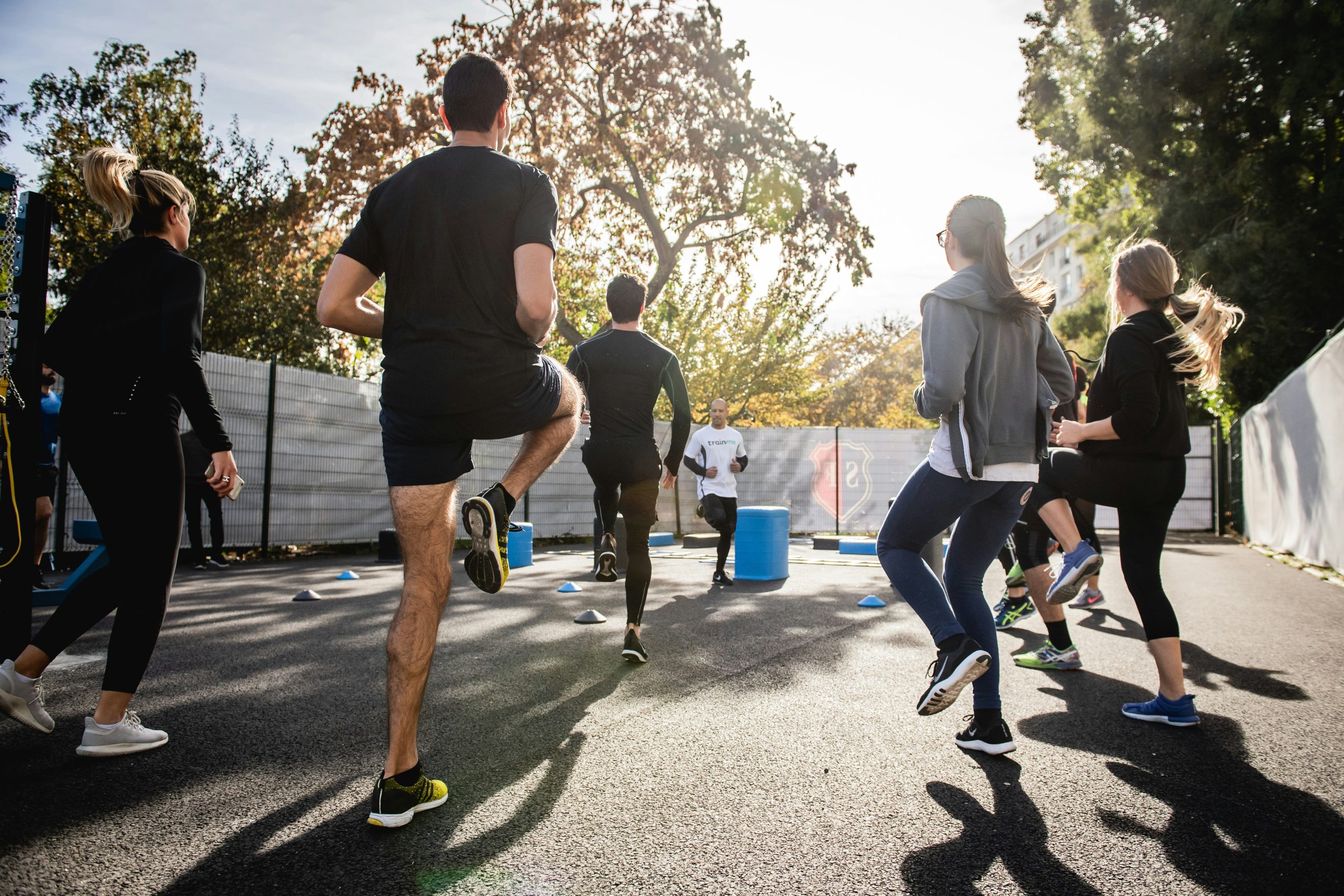What if just 10 minutes a day could reshape your fitness journey—without stepping foot in a studio? Barre, once reserved for dancers, has exploded into a mainstream movement. Originally crafted by a German ballerina in 1959, this blend of ballet, yoga, and Pilates now thrives in living rooms nationwide.
This quick routine builds strength and flexibility using your body weight and light dumbbells. It’s perfect for beginners or anyone craving a low-impact challenge. Focus on controlled movements to fire up your core, improve balance, and sculpt lean muscles. No barre? No problem—a sturdy chair works!
Experts like Whitley Miller stress the importance of proper form. That’s why we’ve designed a step-by-step guide to keep you safe and motivated. Ready to redefine what a short sweat session can achieve?
Key Takeaways
- Barre blends ballet, yoga, and Pilates for full-body toning
- 10-minute sessions fit easily into busy schedules
- Uses minimal equipment (light weights or household items)
- Enhances core stability and posture through precise movements
- Rooted in 1950s dance techniques, now adapted for home use
Introduction to Barre Workouts
Born in 1959, barre fitness has transformed from a dancer’s secret to a global phenomenon. German ballerina Lotte Berk first blended ballet stretches with rehabilitative exercises after a back injury. Her innovative approach became the blueprint for modern routines.
History and Origins of Barre
Originally called the “Lotte Berk Method,” these workouts stayed niche until the early 2000s. Fitness pioneers like Tanya Becker then reimagined the format for broader audiences. “We kept the precision of ballet but added modifications for everyday bodies,” Becker explains. Studios multiplied by 400% between 2010-2020, according to industry data.
How Barre Strengthens Your Core, Legs, and Glutes
Small pulses and isometric holds activate multiple muscles simultaneously. A study in the Journal of Sports Science found barre participants improved core stability by 34% in eight weeks. Trainer Nicole Hilliger notes: “The secret? Movements target your seat, thighs, and abs from multiple angles.”
Three key elements make it effective:
- Micro-movements exhaust muscle fibers without heavy weight
- Sequences alternate between stretching and contracting
- Balance challenges engage stabilizing muscles
Most routines offer options like knee modifications or advanced pulses. This adaptability explains why 72% of participants stick with barre longer than other workouts, per recent surveys.
A 10-Minute Barre Workout You Can Do at Home
Time-crunched fitness enthusiasts love barre for good reason—it delivers maximum impact in minimal time. Let’s break down this efficient routine that combines precision with sweat-inducing sequences.
Breaking Down the 10-Minute Routine
Start with a dynamic warm-up: plié squats with heel lifts and ankle circles. These prep your legs and improve joint mobility. Keep knees soft and shoulders relaxed as you pulse in second position for 30 seconds.
Warm-Up, Planks, Lunges, and Targeted Movements
Transition to a core-focused plank series. Hold a forearm plank while lifting alternate legs—“imagine squeezing a grape between your thighs” as trainer Lindsey Bomgren advises. Add light weight shoulder taps for advanced challenges.
Next, combine reverse lunges with bicep curls. Step back, lower into a lunge, then curl weights toward your shoulders. The muscles in your glutes and arms will ignite during these compound moves. Aim for 15 reps per side.
Finish with seat work: sit on a folded towel and pulse upward in small increments. This targets often-neglected stabilizer muscles. Maintain a tall spine and engaged core throughout.
Each segment uses timed cues like “hold for two, release for one” to maintain momentum. Beginners can modify depth, while seasoned practitioners add pulses for intensity. The entire sequence flows seamlessly—no equipment needed beyond household items.
Barre Workout Benefits and Tips for Success
Barre transforms your body through strategic movements and mindful practice. By combining strength training with flexibility work, it creates a balanced approach to fitness that adapts to any schedule or space.
Engaging All Major Muscle Groups
Precision matters in barre. Small pulses in first position fire up your legs while stabilizing your core. Trainer Whitley Miller suggests: “If you feel shaky, reset—your muscles are learning to work smarter.”
Three key advantages emerge:
- Full-body toning through compound movements
- Improved balance from stabilizing challenges
- Targeted activation of glutes and thighs
Maintaining Proper Form and Balancing Intensity
Quality beats quantity every time. Drop to your knees during planks if your shoulders sag. For side-lying leg lifts, rotate your hip slightly forward to protect joints.
Follow these expert-backed strategies:
- Use household items as weight alternatives
- Record yourself to check alignment
- Follow guided videos for technique checks
Miller emphasizes: “Progress happens when you honor your body’s signals.” Increase pulse counts gradually, and always prioritize controlled motion over speed. Most routines offer options—like bent knees or reduced range—to keep sessions effective yet safe.
Conclusion
Transform your fitness routine in minutes with a practice rooted in six decades of movement science. Barre’s fusion of strength and grace offers more than quick toning—it builds lasting balance and body awareness. Whether you’re mastering first position pulses or modifying plank holds, every movement sharpens your core and refines posture.
Historical innovators like Lotte Berk proved effective workouts needn’t be complicated. Today’s home-friendly options let anyone harness barre’s benefits. Record progress through steadier holds or deeper stretches—small wins add up fast.
Consistency beats intensity. Three weekly sessions can reshape muscle definition and stability. Pair the routine with recovery days for sustained results. Need variety? Rotate standing sequences with mat-based moves to keep challenges fresh.
Ready to begin? Lace up grip socks, grab a chair, and press play on our guided content. Your strongest self starts here—one controlled pulse at a time.

